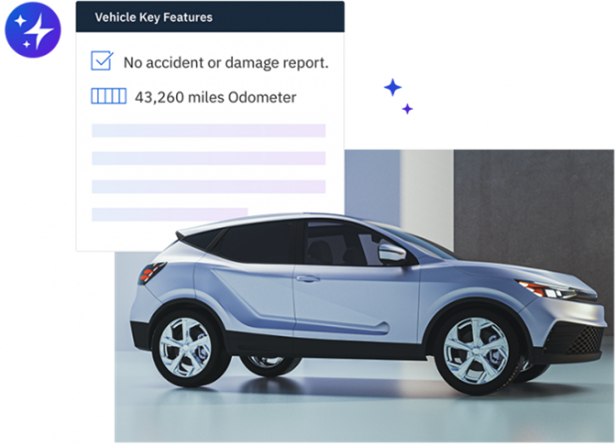The Value of Building a Better F&I Process

Article Highlights:
- Establishing an F&I process can improve profitability and compliance.
- 4 important steps to include in your process.
If you ask any GSM “What is your sales process?”, they will likely respond with 20 steps each salesperson is trained to complete every single time they have a prospect. When you follow up with “Great! Now tell me about your F&I process,” more often than not, you hear, “Well, it depends,” or worse, you get a blank stare.
That’s because many stores don’t define or enforce a formal F&I process.
Lacking standardized steps to follow during F&I can lead to a range of issues, from incorrect customer information to missed upsell opportunities – even if you have technology in place to help avoid these problems.
To illustrate the importance of an established process, let’s look at some frequently missed steps you might want to ensure your F&I managers are doing consistently.
Confirming customer information.
When price shopping, many customers either give dealerships a fake email address or an old one they don’t check anymore to avoid being hounded by emails. Ideally, your salespeople are verifying all customer details, but until you’re talking about a loan, customers can still be hesitant to provide accurate info. It’s worth confirming the customer’s email address and other personal information before proceeding with the deal.
If you’re not confirming these personal details, you could be sending confidential F&I documents to the wrong email or an email that the customer no longer accesses. Incorrect information also leads to wasted time and money spent contacting customers multiple times. Confirming these details in F&I benefits your dealership in the long run because you can easily reach customers to inform them about new incentives or remind them to service their vehicle in the future.
Consistency in menu display.
How do you display aftermarket products in F&I? With the pricing included? Do you show pricing in a lump sum or show how it impacts monthly payment? Do you show the same products each time? This could make a difference in your penetration rates.
For instance, oftentimes not showing pricing on aftermarket products right away is actually a best practice, as it allows customers to focus on the benefits they can gain from the product rather than the price. It varies from dealership to dealership, so you should test different presentation methods to find what works best. You can then revisit your current menu templates and adjust which products and prices are displayed accordingly.
Regular use of sales tools.
Do you use sales tools to explain products that are often confusing to customers? Tools like videos or interactive PDFs can help explain the concepts behind important products like GAP. This helps improve customer understanding so they can make more informed decisions about the products they’re purchasing and you can stay compliant.
However, these tools only ensure understanding and compliance if your F&I managers use them. Enforcing consistent use of sales tools to show specific products that customers might misunderstand is a best practice. You can even take it a step further and look at which tools work best to explain a given product. Across the board, regular and sustained use of sales tools leads to higher product penetration in F&I so setting parameters for how they should be used can improve your current process.
Expectations for upselling.
How many attempts do you expect your sales people to make when selling customers on declined products? F&I menu selling tools that include multiple “at-bats” for selling products help improve your chances of making a sale. But, are your F&I managers using those opportunities or passing them by?
Make sure you set clear guidelines so your F&I managers know how many attempts they should make to retain profitability. When making additional selling attempts, encourage them to use sales tools to engage customers.
This is just a small sample of the steps you can incorporate to improve your F&I process, but remember: it’s just as important to tailor your process to what works best for your individual dealership. Not sure where to start? Look at how your top performers are handling F&I. Incorporate any steps contributing to their success into your standardized process and have them help train new associates.
In addition, make sure F&I managers participate in technology training and are using it consistently. Otherwise, you may not be getting the most out of the technology you’ve invested in. With the right process and the right technology, you can ensure consistent compliance and peak profitability in your F&I department.
Related Articles:

The Future of Variable Ops with Experts at NADA 2025
Explore how AI is transforming variable operations in automotive retailing with insights from NADA 2025. Learn about efficiency, profitability, and fraud prevention from industry leaders.

Decision made regarding the Vehicle Shopping Rule – now what?
Check out five key takeaways from the Vehicle Shopping Rule to keep your dealership safe from FTC enforcement actions.

3 Ways AI Can Elevate Your Dealership’s Online Inventory
On average, Americans are exposed to between 4,000 and 10,000 advertisements every day. From commercials on TV to billboards on your way to work, all…

The Pizza Playbook – What Ordering Pizza Teaches Us About F&I
For as long as I can remember, my family had “pizza night” every week. Without fail, every Friday evening we’d all gather around the computer…















